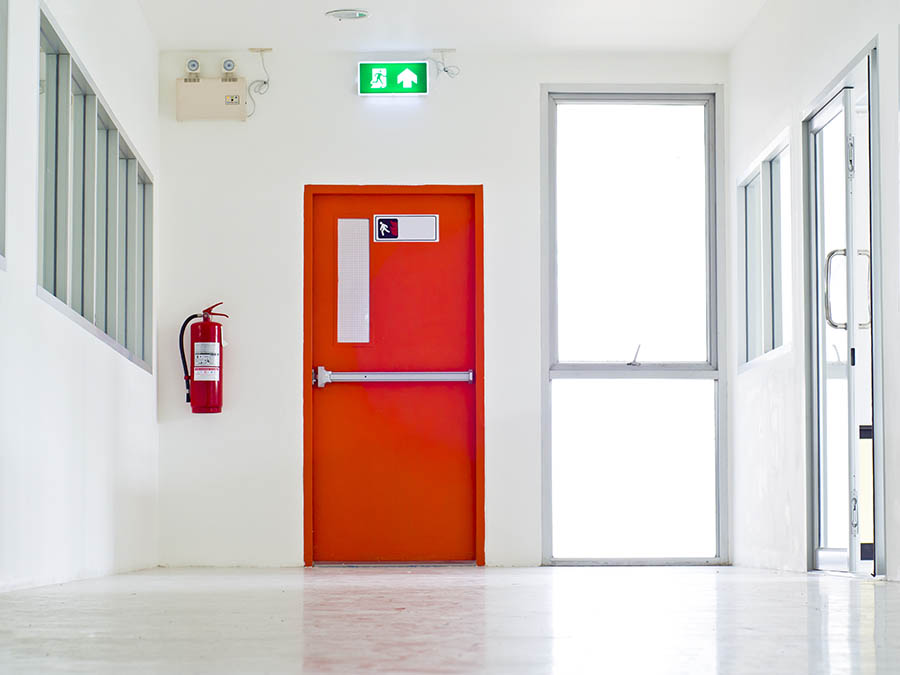As a landlord, whether you own one buy-to-let, HMOs, or flats, you have several legal liabilities, especially where the safety of your tenants is concerned. This is particularly the case with fire safety, and in the case of an HMO the regulations can be more complicated and more expensive to implement.
The definition of an HMO is a property that is shared by more than one tenant who are not members of the same family, and or share communal facilities such as the kitchen and bathroom. HMO landlords in most areas have to have a licence from the local authority which is valid for three years and must then be renewed in order to ensure that the property is properly managed and meets the required safety standards.
Fire safety in new or altered HMOs, blocks of flats, and maisonettes is covered by the Building Regulations, and fire safety in the common areas such as corridors, staircases and so on, is covered by the Regulatory Reform (Fire Safety) Order 2005. In most cases the local fire and rescue service will enforce the Order.
The enforcing authority will have the power to inspect your premises to check that you are complying with your duties under the Order. They will look proof that you have carried out a suitable fire risk assessment and acted upon the significant findings of that assessment. If you are required to record the outcome of the assessment, they will expect to see a copy.
You should also have a fire safety policy in place
If the authority is dissatisfied with the outcome of your fire risk assessment or the action you have taken, they may issue an enforcement notice that requires you to make certain improvements or, in extreme cases, a prohibition notice that restricts the use of all or part of your premises until improvements are made.
In most HMOS or flats it will be the job of the Responsible Person or management company to get a fire risk assessment carried out. The assessment is first of all to identify any fire risks and then either eliminate them or reduce them to as low as is reasonably practical. It is also necessary to decide on the physical fire precautions that need to be in place, and take whatever action is required in order to ensure the safety of the occupants if a fire does start.
Many landlords have with all this is that they do not have either the experience or the training to carry out a fire risk assessment themselves to a satisfactory standard. Indeed, the government guide on fire safety for sleeping accommodation runs to no less than 148 pages!
This is why many landlords prefer to us our landlord fire risk assessment service at UK-Fire Risk Assessments because we are all highly trained specialists, and we understand what is required under the law. We can inspect your premises and advise you of what steps you need to take in order to remain compliant with the relevant laws.
One of the reasons that fire regulations are more strict in HMOs is that your tenants may not get on together, and may not even talk to each other. In addition, if you have a buy-to-let property you don’t usually have a situation where doors are locked, but in an HMO this is likely to be standard practice. This can mean that people do not have a clear exit and could have difficulty getting out of the building in an emergency.
We consider that thumb turn locks are essential on bedroom doors and front and back doors as well. If there is a fire it can cause real issues if a tenant cannot find a key, or it gets dropped in a panic.
As a landlord, you have to ensure that all escape routes are protected and the way to do this is to use fire doors. So, for example, in a typical house the kitchen – which is a high-risk area – would be completely separated using a fire door, giving the occupants a safe escape route.
We can advise you on all of this, and more, when we undertake your fire risk assessment for you.

